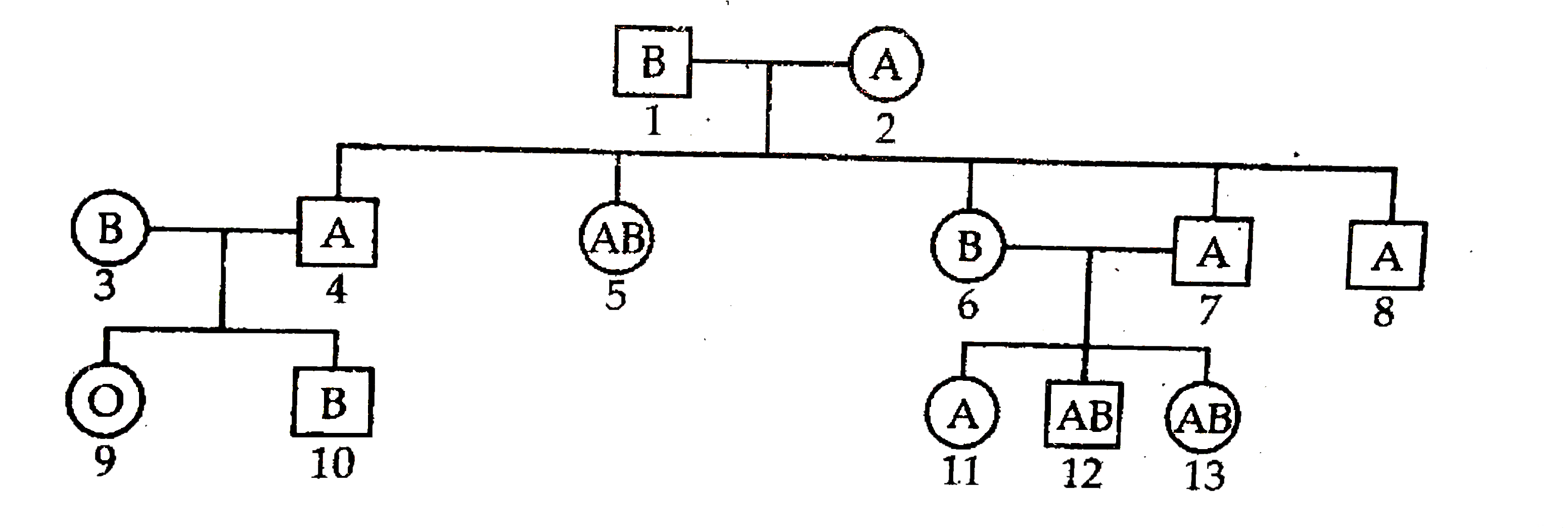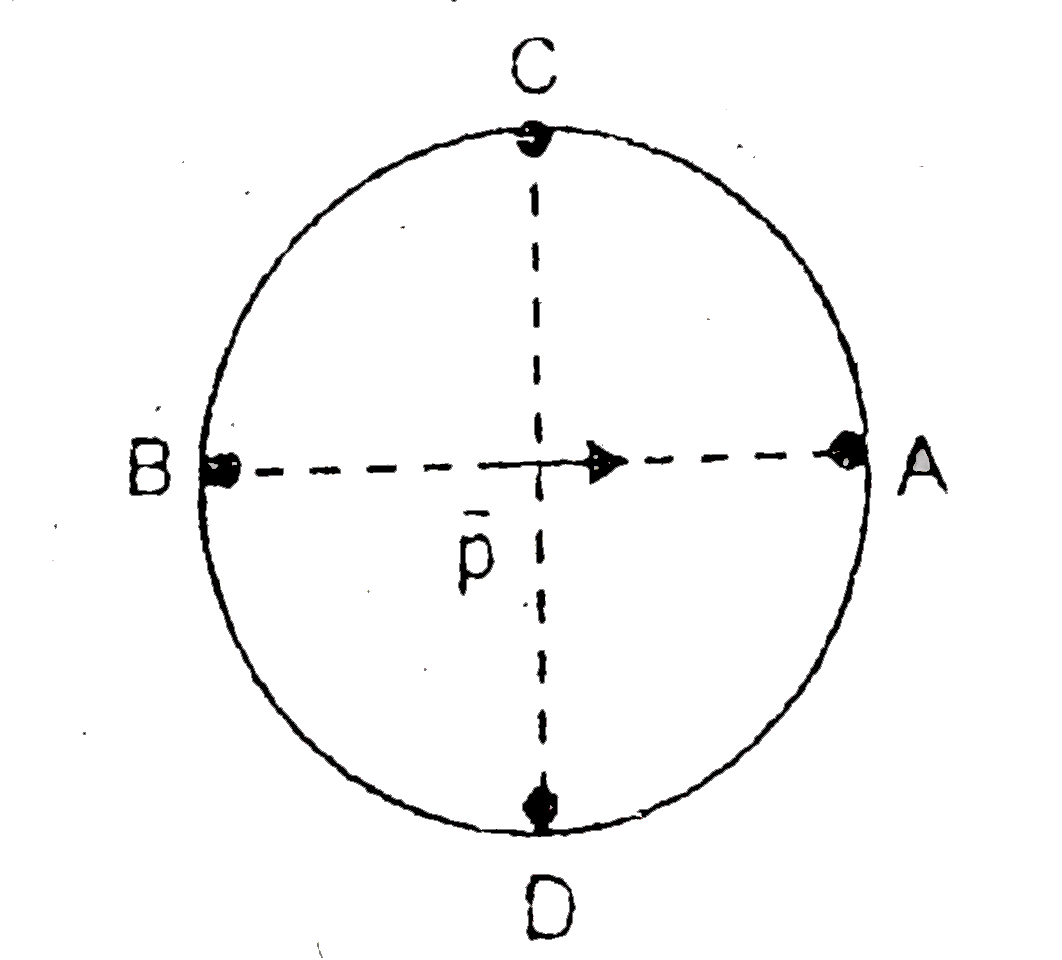Population evolve to
maximize their
reproductive potential in the habitat in which
they live. The strategy shown by pacific solmon
fish for it's survivalness is :
(A) Producing few individuals of large size
(B) Breed only once in their life time
(C) Produce many individuals of large size
Question Type: Single Correct Type
1 A, B, C
2 A,B
3 Only B
4 B, C
1
2
4
Non-existent
The correct Answer is:B
To solve the given problem, we need to analyze the reproductive strategy of Pacific salmon fish and determine which option correctly describes their survival strategy.
1. Understanding the Reproductive Strategy:
Pacific salmon are known for their unique reproductive strategy where they breed only once in their lifetime. This is a significant aspect of their life cycle.
2. Evaluating the Options:
- Option A: Producing few individuals of large size.
- This is not a characteristic of Pacific salmon. They do not focus on producing a few large individuals but rather a large number of offspring.
- Option B: Breed only once in their lifetime.
- This is true for Pacific salmon. They are semelparous, meaning they reproduce once and then die.
- Option C: Produce many individuals of large size.
- This is misleading. While they do produce many offspring, the size of the individuals is not the primary focus; rather, they produce a large number of smaller eggs.
3. Conclusion:
Based on the analysis, the correct answer is Only B (Breed only once in their lifetime).
Final Answer:
3 Only B
---
Pacific salmon are known for their unique reproductive strategy where they breed only once in their lifetime. This is a significant aspect of their life cycle.
- Option A: Producing few individuals of large size.
- This is not a characteristic of Pacific salmon. They do not focus on producing a few large individuals but rather a large number of offspring.
- Option B: Breed only once in their lifetime.
- This is true for Pacific salmon. They are semelparous, meaning they reproduce once and then die.
- Option C: Produce many individuals of large size.
- This is misleading. While they do produce many offspring, the size of the individuals is not the primary focus; rather, they produce a large number of smaller eggs.
Based on the analysis, the correct answer is Only B (Breed only once in their lifetime).
3 Only B
Topper's Solved these Questions
- CONTINUITY, DIFFERENTIABILITY AND DIFFERENTIATIONBOOK - VIKAS GUPTA (BLACK BOOK) ENGLISHCHAPTER - CONTINUITY, DIFFERENTIABILITY AND DIFFERENTIATIONEXERCISE - EXERCISE (MATHCING TYPE PROBLEMS)
3 Videos
- CONTINUITY, DIFFERENTIABILITY AND DIFFERENTIATIONBOOK - VIKAS GUPTA (BLACK BOOK) ENGLISHCHAPTER - CONTINUITY, DIFFERENTIABILITY AND DIFFERENTIATIONEXERCISE - EXERCISE (SUBJECTIVE TYPE PROBLEMS)
24 Videos
- CONTINUITY, DIFFERENTIABILITY AND DIFFERENTIATIONBOOK - VIKAS GUPTA (BLACK BOOK) ENGLISHCHAPTER - CONTINUITY, DIFFERENTIABILITY AND DIFFERENTIATIONEXERCISE - EXERCISE (ONE OR MORE THAN ONE ANSWER IS/ARE CORRECT)
36 Videos
- COMPOUND ANGLESBOOK - VIKAS GUPTA (BLACK BOOK) ENGLISHCHAPTER - COMPOUND ANGLESEXERCISE - Exercise-5 : Subjective Type Problems
31 Videos
- DETERMINANTSBOOK - VIKAS GUPTA (BLACK BOOK) ENGLISHCHAPTER - DETERMINANTSEXERCISE - EXERCISE-4 : SUBJECTIVE TYPE PROBLEMS
12 Videos
Similar Questions
Individuals having homomorphic sex-chromosomes produce
(a) One type of gametes
(b) Two types of gametes
(c) No gametes
(d) Only one gamete in complete life span
View SolutionStudy the pedigree chart given, showing the Inheritance pattern of blood groups in a family and answer the following questions

(a) Give the possible genotypes of the individuals 1 and 2.
(b) Which antigen or antigens will be present on the plasma membranes of the RBC's of individuals 5 and 9.
(c) Give the genotypes of the individuals 3 and 4.
View Solution
Knowledge Check
A cargo ship is 4.2 miles from a lighthouse, and a fishing boat is 5.0 miles from the lighthouse, as shown below. The angle between the straight lines from the lighthouse to the 3 vessels is 5∘. The approximate distance in miles, from the cargo ship to the fishing boat is given by which of the following expressions?
(Note: The law of cosines states that for any triangle with vertices A, B and C adn the sides opposite those vertices with length a, b, and c, respectively. c2=a2+b2−2abcosC).
 A√(5.0)2−(4.2)2B√(4.2)2+(5.0)2−2⋅4.2⋅5.0cos5∘C√(4.2)2+(5.0)2+2⋅4.2⋅5.0cos5∘D√(4.2)2+(5.0)2−2⋅4.2⋅5.0cos85∘
A√(5.0)2−(4.2)2B√(4.2)2+(5.0)2−2⋅4.2⋅5.0cos5∘C√(4.2)2+(5.0)2+2⋅4.2⋅5.0cos5∘D√(4.2)2+(5.0)2−2⋅4.2⋅5.0cos85∘

A dipole of dipole moment →p=pˆi is kep at the centre of a circle of radius r as shown in the figure. The radius of the circle is very large in comparison to the distance between the two charges of the dipole. A & B are two points on the axis and C & D are two points on the equitorial line of the dipole if VA,VB,VC and VD are potentials at A,B,C and D respectively then, which of the following is correct?
View SolutionA firm manufactures two types of products, A and B, and sells them at a profil of 3 per unit to type B product and 5 perunit of type A product. Both product is processed on two machines M1and M2 One unit of type A requires one minute of processing time on M1 and two minutes of processing time on M2i whereas one unit of type B requires one minute of processing time on M1 and one minute on M Machines sells them at a profit of 5 per unit of type A and M, and M, are respectively available for at most 5 hours and 6 hours in a day. Find out how many units of each type of product the firn should produce a day in order to maximize the profit. Solve the problem graphically [CHSE 2000]
View SolutionIn the XX-XO type of sex chromosomes in
(a) Females produce only one type of eggs
(b) Females have only one X-chromosomes
(c) Males have two X- chromosomes
(d) Males are homogametic
View Solutionwhich of the following statements is/ are correct regarding normal expiration?
(A) it is a passive process (B) it is an active process (C) The volume of thoracic cavity increases (D) The lower ends of the lungs are pulled downwards by the contraction of diaphragm
1) (A),(C) only
2) (A),(B) & (C) only
3) only (A)
4) (A),(C) & (D) only
View SolutionIn gymnosperms, how many male gametes are produced by each pollen grain ?
(a) 4
(b) 3
(c) 2
(d) 1
View SolutionThe function of ovary is
a. To produce female gamete.
b. To provide the site for fertilisation
c. To provide the site for implantation
d. To produce several steroid hormones
(1) a and b
(2) a, b and d
(3) a, b and d
(4) a and d
View SolutionA toy company manufactures two types of doll; a basic version doll; a basic version doll A and a deluxe version doll B. Each doll of type B takes twice as long to produce as one of type. A and the company would have time to ,make a maximum of 2, 000 per day if it produces only the basic version. The supply of plastic is sufficient to produce 1500 dolls per day (both A and B combined). The deluxe version requires a fancy dress of which there are only 600 per day available. If the company makes profit Rs. 3 and Rs. 5 per doll respectively o doll A and doll B; how many of each should be produced per day in order to maximize profit?
View Solution
